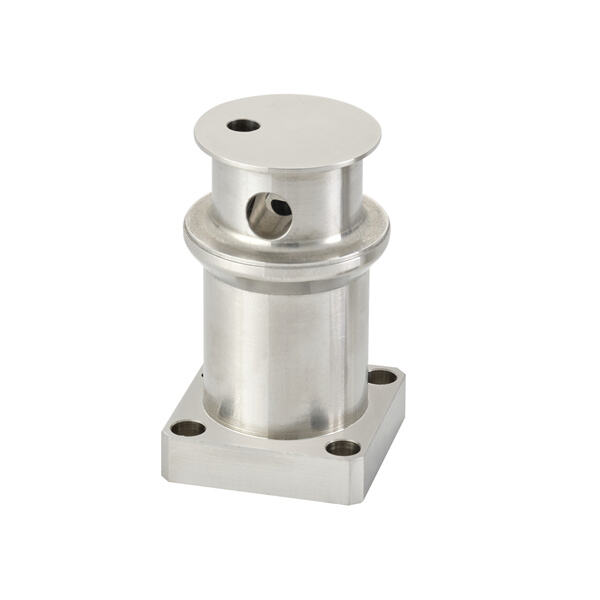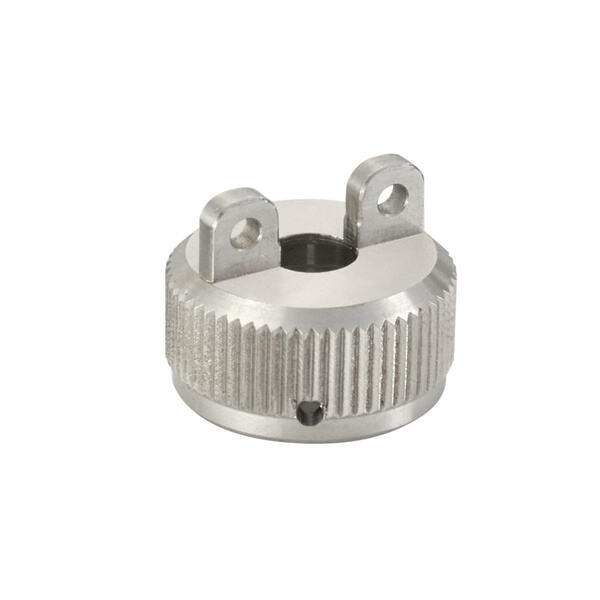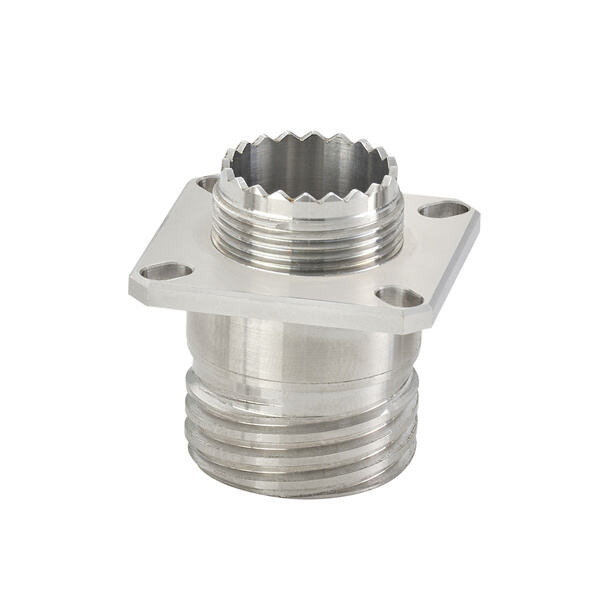Helicopters are nifty things that can float through the air like birds. Ever wonder how they work? To understand how a helicopter is able to lift off and fly, we need to look at the various semiconductor parts of a helicopter.
The main rotor system is pretty much a large, spinning fan atop the helicopter. It is made up of two or more blades that spin very rapidly. When the blades whirl, they generate lift, helping the helicopter rise into the sky. The significance of the main rotor system is huge, because without that, the helicopter could not stay in the air.”
Tail rotors are parts of semiconductor of helicopters too. The tail rotors keep the helicopter stable during flight. They help to stabilize the helicopter in partnership with the main rotor system, and to prevent it from spinning out of control. The helicopter could not fly smoothly without tail rotors.

The engine is to the helicopter what the heart is to us. It supplies power to the main rotor system and tail rotors so they can turn and lift the helicopter. It is the transmission, which is to the helicopter what the brain is to the human body. It's what controls how fast the rotors spin and helps the pilot steer the helicopter in all directions. The engine and tranny are working in harmony to keep the copter flying safely.

The landing gear makes sure the helicopter lands safely to the ground. It has wheels or skis that make contact with the ground on which the helicopter lands. The landing gear also assists the helicopter during takeoff, providing support and stability. Without its landing gear, the helicopter simply wouldn’t be able to land or take off properly.

The pilot sits and operates the semiconductor spare parts of helicopter in the cockpit. It is equipped with all the controls and tools required to fly it safely. Avionics are the electronic systems that help the pilot find his or her way and talk while flying. They involve devices like GPS, radio and autopilot systems. The cockpit and avionics are crucial to the pilot for flying the helicopter well and ensuring the safety of everyone on board.